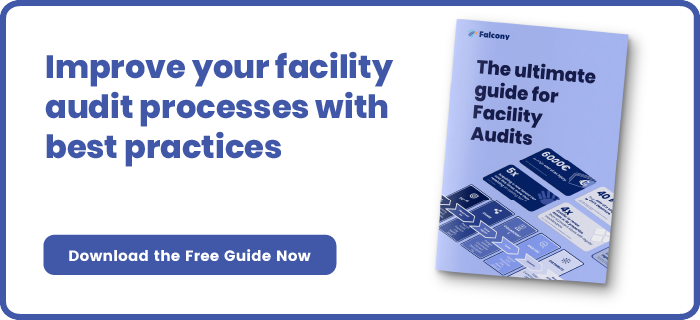Checklists are valuable tools in agriculture and farming for ensuring consistency, thoroughness, and compliance with operational standards and safety protocols.
They provide a systematic approach to managing tasks, processes, and inspections. Here are eight commonly used checklists in the agricultural and farming industry:
1. Pre-Planting Checklist
This checklist helps farmers prepare for planting season by ensuring all necessary tasks and resources are in place. It covers activities such as soil preparation, seed selection, equipment maintenance, and irrigation system checks.
2. Crop Monitoring Checklist
This checklist is used to assess crop health, growth progress, and pest infestations throughout the growing season. It includes criteria such as plant appearance, pest populations, weed competition, nutrient levels, and irrigation needs.
3. Harvesting Checklist
This checklist guides farmers through the harvesting process to ensure efficiency and quality. It covers tasks such as equipment readiness, field conditions, crop maturity assessment, harvesting techniques, and post-harvest handling procedures.
4. Livestock Management Checklist
For farms with livestock, this checklist helps ensure proper care, health monitoring, and compliance with regulatory standards. It includes tasks such as feeding schedules, water availability, shelter conditions, veterinary care, and record-keeping.
5. Equipment Maintenance Checklist
This checklist assists in maintaining agricultural machinery and equipment to prevent breakdowns and ensure safe operation. It covers components such as lubrication, fluid levels, tire pressure, belts, filters, and safety features.
6. Chemical Application Checklist
For pesticide and fertilizer applications, this checklist ensures proper handling, mixing, and application techniques to minimize environmental impact and maximize efficacy. It includes factors such as calibration, weather conditions, buffer zones, personal protective equipment (PPE), and cleanup procedures.
7. Facility Safety Inspection Checklist
This checklist is used to assess the safety of farm facilities such as barns, storage sheds, and processing areas. It covers hazards such as electrical wiring, fire risks, structural integrity, ventilation, emergency exits, and first aid supplies.

8. Transportation Safety Checklist
For transporting agricultural products, equipment, or livestock, this checklist helps ensure vehicle safety and compliance with transportation regulations. It includes tasks such as vehicle inspections, load securing, driver qualifications, documentation, and emergency response planning.
Conclusion
By utilizing these checklists, agricultural and farming enterprises can streamline operations, minimize risks, and maintain high standards of productivity, safety, and quality.

We are building the world's first operational involvement platform. Our mission is to make the process of finding, sharing, fixing and learning from issues and observations as easy as thinking about them and as rewarding as being remembered for them.
By doing this, we are making work more meaningful for all parties involved.
More information at falcony.io.






